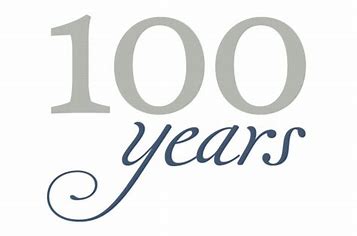
100 Years of CPA Exam as Licensure Requirement
A lot has changed over the last 100 years with the evolution of the CPA profession. Old fashioned calculators gave rise to Microsoft Excel. Stacks of financial statements have morphed into data in the Cloud. And many CPAs have expanded beyond auditing or tax services through the growth of specializations such as IT assurance, financial planning and business valuation.
Despite all the change, one notable constant has remained – the Uniform CPA Examination’s alignment with professional practice and the work of newly licensed CPAs. This alignment has continuously ensured that those earning licensure have demonstrated the requisite knowledge and skills vital to protecting the public interest.
The exam as we know it has a long and storied history. With its origin based on a test first given to individuals seeking membership in the AICPA, the exam has become the well-known, rigorous gateway to our profession. Following New York’s lead in 1896, states began to pass CPA laws and develop their own assessments to ensure only qualified individuals could attain licensure. While these exams were the first step to verifying the knowledge and skills of a future CPA, there was no testing uniformity across jurisdictions.
A Standardized Path to Licensure
This month we recognize a milestone that changed the administration of the exam for the better and brought about a new era of cooperation and uniformity that standardized this qualification assessment. A century ago, in 1917, three state boards of accountancy, New Hampshire, Kansas and my home state of Oregon, became the first to accept the AICPA’s offer to prepare and grade a uniform exam on their behalf. This initial move set the stage for jurisdictions, one-by-one, to move to uniform testing, including some states that had not previously prepared their own exams. The use of a uniform exam saved the states valuable time and expense previously spent preparing and grading their own exams.
State boards’ long-standing support of a uniform assessment has ensured that, regardless of when and where candidates test, our profession can have confidence that the knowledge and skills of these individuals have been verified through a fair, reliable and valid exam. Further supporting state boards’ confidence in the exam’s effectiveness was another milestone this past April, when the AICPA launched an updated version of the exam following a comprehensive, multi-year review of professional practice. The successful launch was the latest in a long line of enhancements and updates over the years to ensure the exam remains aligned with the profession.
A Path for the Future
This evolution includes firms, large and small, and CPAs from the public, private and non-profit sectors, strengthening our foundation for the future. Through various initiatives and endeavors, we remain in tune with and anticipate the needs of clients and consumers. From supporting efforts to enhance audit quality — the audit being the cornerstone of our profession — to specialization and capitalizing on marketplace trends to expand service offerings, we are laying the groundwork for success today and generations to come. And for the next generation, it all begins with the exam.
As we look back to back to 1917, we have confidence that our profession has been well-served over the last century by the exam partnership between the AICPA, state boards of accountancy, and the National Association of State Boards of Accountancy (NASBA). The century-long use of a uniform method to assess candidate qualifications has strengthened the value of the CPA credential. And those of us who have passed through the rigor of exam and on to licensure maintain a deep commitment to protecting the public interest. Because of this purpose, we remain one of the most respected professions worldwide. Together, through a shared vision and continued evolution of our profession, we are paving the way for the next generation of CPAs to join us.
Roberta Newhouse, CPA, partner, Newhouse & Neistadt LLC in Pendleton, OR. She serves as the Chair of the AICPA’s State Board Committee as well as a member of the Board of Examiners.
Source:http://blog.aicpa.org/2017/06/100-years-of-cpa-exam-as-licensure-requirement.html#sthash.QklurnTR.dpbs


